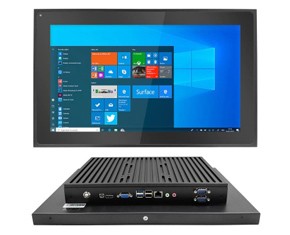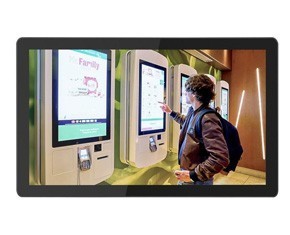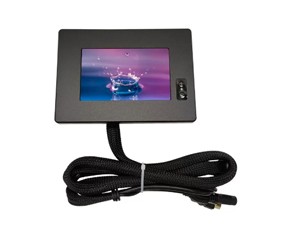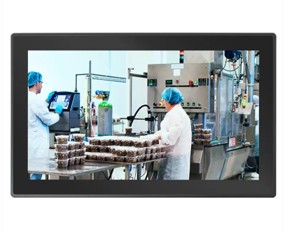Nov. 30, 2023
Industrial touch monitors play a critical role in human-machine interaction within various industrial settings. Selecting the right monitor for your specific needs involves considering several factors. Follow this guide to ensure you make an informed decision when choosing an industrial touch monitor.
Clearly outline the requirements of your industrial application. Consider factors such as screen size, resolution, touch technology, and environmental conditions. Understanding the demands of your application is crucial for selecting a touch monitor that enhances operational efficiency.
Industrial environments can be challenging, with exposure to dust, moisture, extreme temperatures, and vibrations. Choose a touch monitor with the appropriate level of ruggedness and environmental protection. Look for features like IP65 or higher ratings for dust and water resistance.
27 Inch Project Capacitive Touch LCD Monitor
Different industrial applications may benefit from different touch technologies. Common options include resistive, capacitive, infrared, and surface acoustic wave (SAW) touchscreens. Evaluate the specific requirements of your application to determine the most suitable touch technology for your needs.
Choose the right screen size and resolution based on your application's visual and space requirements. Consider the distance from which users will interact with the monitor and the level of detail required for the displayed information. Ensure the chosen size and resolution align with your operational goals.
Assess the connectivity options provided by the industrial touch monitor. Ensure compatibility with your existing systems and devices. Consider additional features such as multiple video inputs, USB ports, and network connectivity to support diverse industrial applications.
Look for touch monitors with robust construction and reliable components. Consider monitors with chemically strengthened glass or anti-scratch coatings to enhance durability. Verify that the monitor can withstand the rigors of continuous use in an industrial environment without compromising performance.
Consider whether the touch monitor allows for customization to meet specific industrial requirements. Some monitors offer options for bezel color, mounting configurations, and additional features. Ensure that the monitor integrates seamlessly with your existing systems and automation protocols.
Q: Can industrial touch monitors support gloves or stylus input?
A: Yes, depending on the touch technology used, many industrial touch monitors are designed to support input from gloves, styluses, or other tools. Capacitive touchscreens, for example, can often detect input through gloves.
Q: How important is sunlight readability for outdoor industrial applications?
A: Sunlight readability is crucial for outdoor applications where the monitor may be exposed to direct sunlight. Choose a monitor with high brightness levels and anti-glare coatings to ensure visibility in bright conditions.
Q: Are industrial touch monitors compatible with industrial PCs and controllers?
A: Yes, industrial touch monitors are designed to be compatible with industrial PCs and controllers. Ensure that the connectivity options and communication protocols align with your existing systems for seamless integration.
By following this guide and considering the unique requirements of your industrial application, you can confidently choose an industrial touch monitor that enhances user interaction and contributes to the efficiency of your operations.




Capacitive Vs Resistive Touch Screens: When to Choose?
Mar. 14, 2025